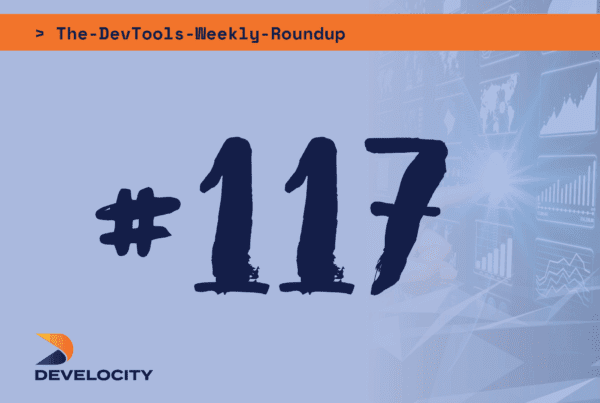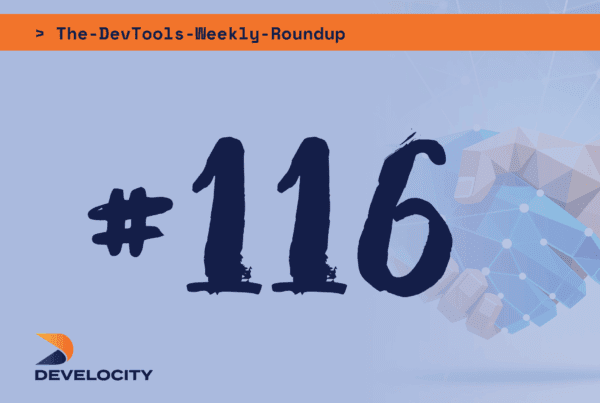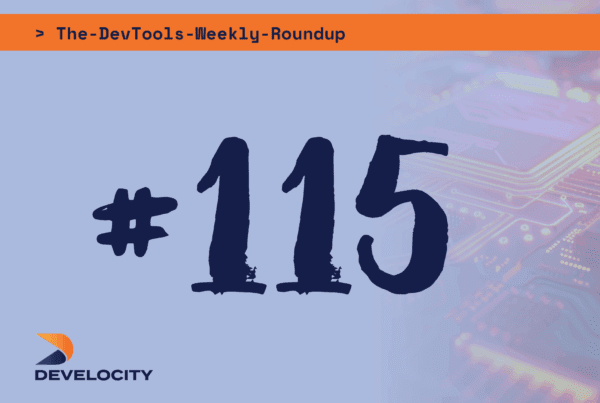
Contrary to the popular narrative – these aren’t “crazy times”. This suggests that things will eventually go back to normal – which is far from the truth. The reality is that these are “new times”, and employers struggling to hire and retain talent need to adapt accordingly.
Listen: In a detailed analysis of the Great Resignation earlier in September, Business Insider pointed out that September will see even more significant data once numbers for the month are released. They write that COVID-19’s resurgence under the guise of Delta coupled with the lack of available childcare as kids return to school will send quit rates even higher.
Add to that a new report from Manpower finding that 59% of US businesses are planning to add to payroll in the final quarter of 2021. Not backfill. Not rehire. Add to payroll. This suggests economically healthier times, but with job quit rates and job openings already at levels unseen in two decades, Q4 2021 will see even more challenges for recruiters.
Are recruiters nervous? You bet they are, and a GetApp survey confirms this: 56% of recruiters fear that they have job openings that they will never be able to fill.
Employers are at an urgent time. They don’t have time to pontificate over the “why” of all this stuff. They need to fill roles – and fast.
The rules of engagement have changed
Ultimately, these numbers show that the traditional recruitment process no longer applies to today’s working world. The rules of engagement have changed – nay, evolved – and smart-thinking recruiters and employers would do well to stay ahead of these changes. What’s normally a hiring frenzy in Q4 is going to be weird and different this time around.
So, it’s important to look at what matters right now to potential job candidates. At the start of summer, recruitment technology leader Workable surveyed 1,250 workers in the US and UK to find out what matters most to them in a job. The resultant Great Discontent survey reports – one for the US, and one for the UK – find that, in the midst of all the findings around salary and other hiring topics, two themes really stand out: the high number of passive candidates among those open to new jobs and the high value of flexible schedules for many employees and job seekers.
Passive candidates
Let’s start with passive candidates. In the survey, Workable found that in the US, 70.7% of eligible workers are open to the idea of a new job – with 37.3% passively open to new opportunities. In the UK, those numbers are even higher – 75.6% are open to new opportunities, and 45.1% are passively open to new work.
So, it’s not just about putting up a job ad and watching the applications roll in. Workable’s Hiring Pulse for September 2021 identified a sharp downward trend in candidates per hire right up to the end of July – so recruiters need to work a little harder to root out those valuable candidates.
Part of that could be a need for better recruitment marketing, but it also means that recruiters will need to actively source candidates with cold calls and emails. Why? More than half of those open to new roles are passive candidates. That’s an incredible resource worth tapping into.
While passive candidates aren’t actively looking for new work, they are open to having a conversation with you about a new opportunity. They’ll make a big career shift if it suits them.
The other thing is, these are people who haven’t quit. They may actually be easier to recruit than those who left the workforce altogether.
That’s a pretty good opportunity for recruiters looking to woo new talent to their organization.
Flexible schedules
Let’s move on to the other topic dominating the recruitment world: flexible work. But don’t fall into the trap of understanding it as one entity. There are two very distinct aspects of flexible work: remote work and flexible schedules.
The data in the Great Discontent report shows why this distinction is important: 31.6% in the US and 25.3% in the UK said their job can’t be worked remotely at all. That compares to just 19.4% and 14.6% respectively in that they can’t realistically work on a flexible schedule – significantly lower numbers.
The number of those who do think their work can be performed on a flexible schedule is significantly higher – 57.1% in the US and 53.8% in the UK voted 4 or 5 on a scale of 1 to 5 in terms of how easily they can work flexible hours (1=not at all, 5=completely).
Plus, 58.2% of US and 57.7% of UK workers consider flexible work schedules to be quite important to them. Again, these numbers are notably higher than the importance placed on remote work.
We also asked why flexible schedules are important to workers. More than half in both countries – 55.8% of US workers and 57.3% of UK workers – say having flexible schedules makes it easier to balance personal and professional priorities. At the core of this, of course, is maintaining your personal life obligations such as being there for your loved ones.
So what does that mean for recruiters and employers? If you offer flexible schedules in your workplace, you’re helping your employees integrate their home and work lives rather than forcing them to find a balance between the two. That can be a powerful attractor for your business.
Overcome those hiring challenges
These aren’t the be-all and end-all solutions, of course. There’s a lot more. But as mentioned above, employers need to act quickly if they want to attract new job applicants.
Actively sourcing passive candidates and building out flexible work schedule policies can help fill those crucial roles as you head into the traditional hiring season of Q4.
The times have changed – and the onus may well be on you to adapt accordingly.
Keith MacKenzie is Content Strategy Manager at Workable, a recruitment software company, and is the author of the Great Discontent survey reports which were published in September 2021.



